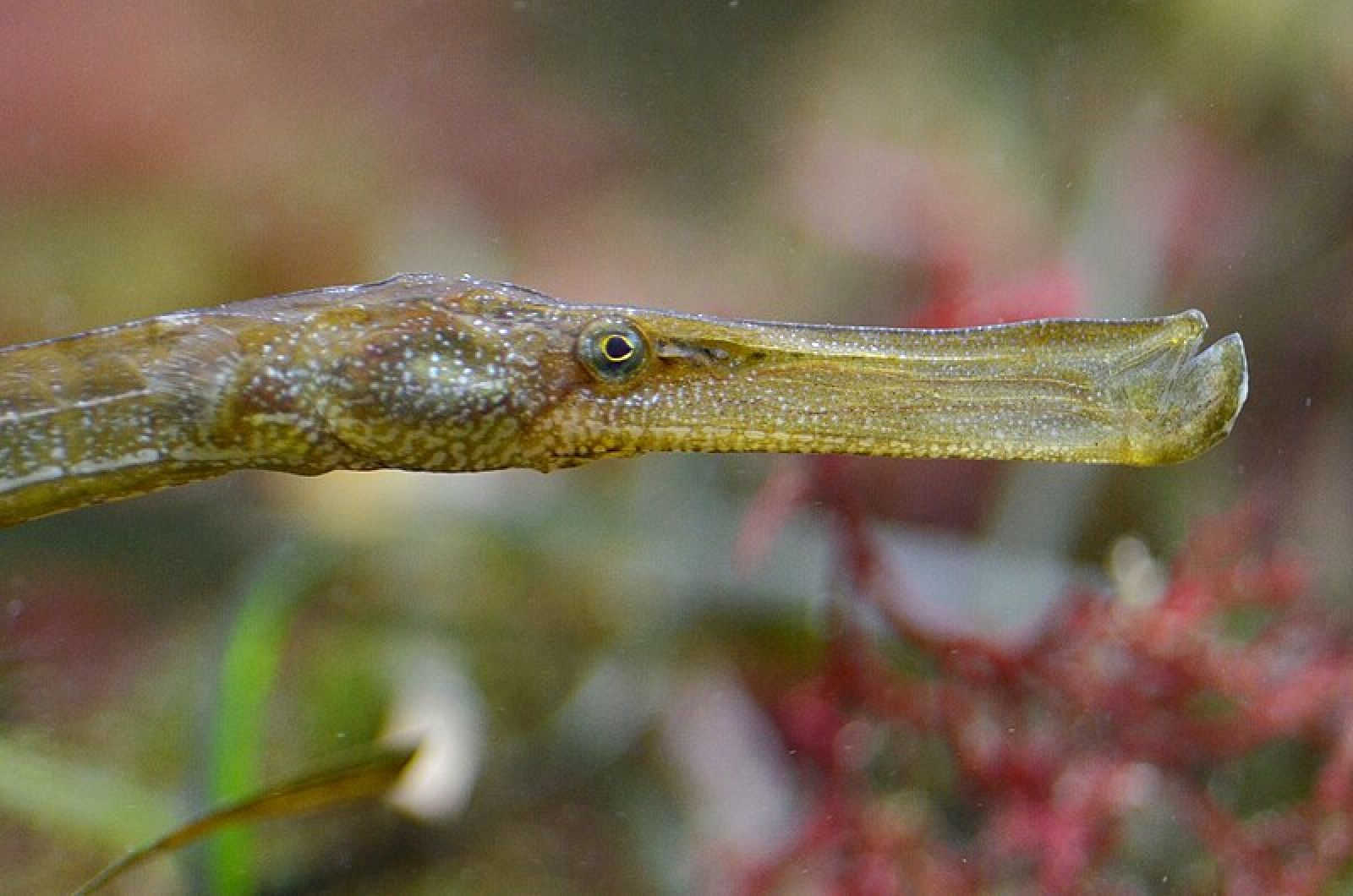In this animal, it's the males who get "pregnant" 🍼
Published by Cédric,
Article author: Cédric DEPOND
Source: Molecular Ecology
Other Languages: FR, DE, ES, PT
Article author: Cédric DEPOND
Source: Molecular Ecology
Other Languages: FR, DE, ES, PT
Follow us on Google News (click on ☆)

Image Wikimedia
Florida pipefish (Syngnathus floridae) challenge the classic rules of reproduction. While in most species, females carry the eggs, here, males incubate them in a special pouch. This peculiarity raises questions about evolution and survival strategies.
Reversed reproductive roles
In pipefish, males handle gestation, a role traditionally assigned to females. They develop unique adaptations, such as a strengthened immune system, to protect the embryos. Females, on the other hand, optimize egg production.
This role reversal does not question their sexual identity. Males produce sperm, while females generate eggs. This division of tasks illustrates the diversity of reproductive strategies in the animal kingdom.
Surprising sexual selection
Unlike many species where females prefer larger males, female pipefish choose smaller males. The latter, more efficient in complex courtship displays, seem better suited to their role as egg carriers.
This preference for smaller males might reflect resource optimization. Smaller males require less energy to move and perform their reproductive rituals, an advantage in their environment.
Invisible but essential differences
Pipefish do not exhibit visible sexual dimorphism: males and females look alike. However, their differences lie at the genetic level. Males activate genes related to immunity, while females favor those involved in egg production.
The absence of sex chromosomes distinguishes pipefish from many other species. Their adaptation relies on different gene expression, allowing each sex to fulfill its specific reproductive role.
Understanding these reproductive mechanisms helps better grasp species survival in the face of environmental changes. Pipefish illustrate how evolutionary pressures can shape reproductive strategies.
What is sexual monomorphism?
Sexual monomorphism refers to the absence of visible differences between males and females of a species. Unlike sexual dimorphism, where sexes are distinguished by size, color, or other traits, monomorphic species present individuals that are nearly identical in appearance.
In Florida pipefish, males and females are so similar that their sex can only be determined by observing their reproductive behavior. This characteristic is rare in the animal kingdom, where differences between sexes are often pronounced.
Monomorphism can result from specific evolutionary pressures, such as the need to camouflage or avoid predation. In pipefish, it might also reflect an adaptation to their unique mode of reproduction, where males carry the eggs.